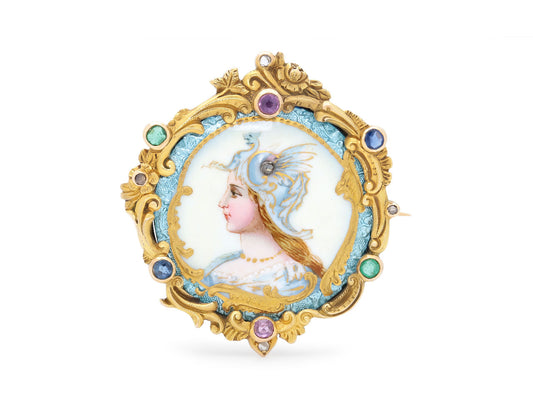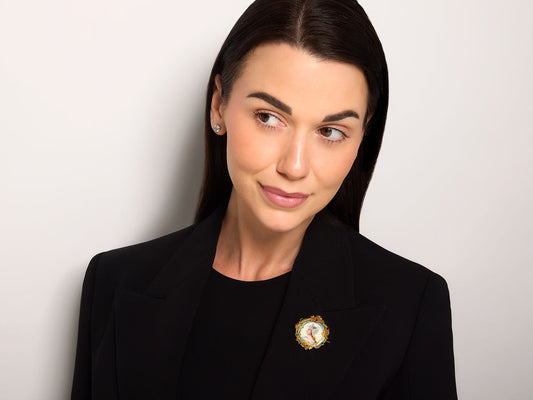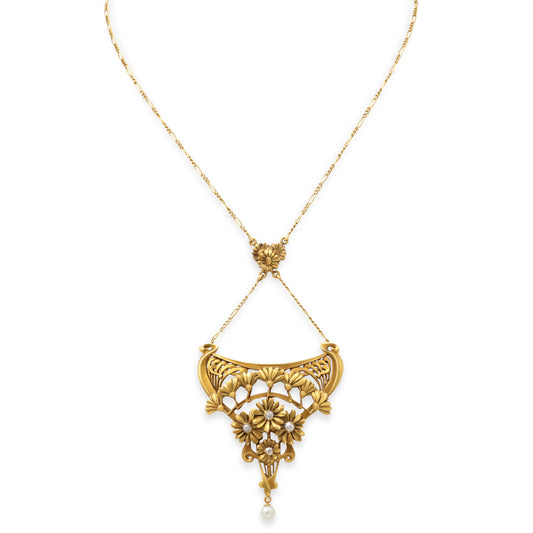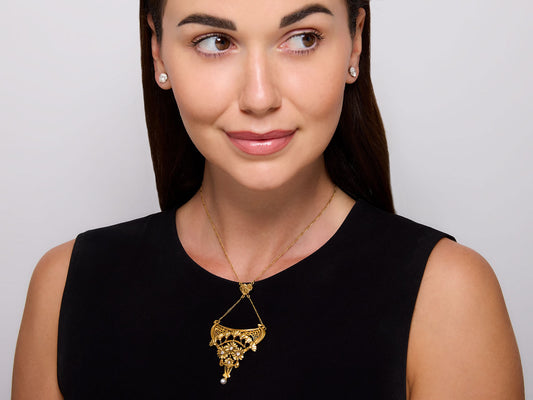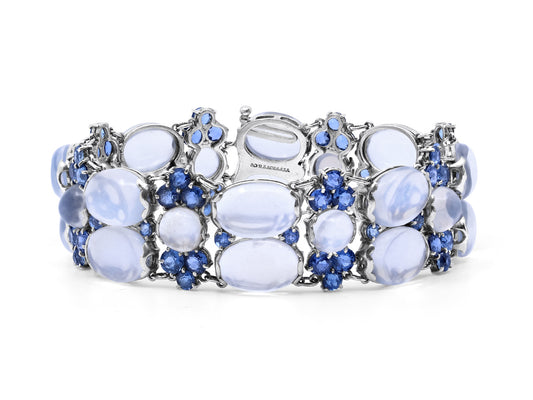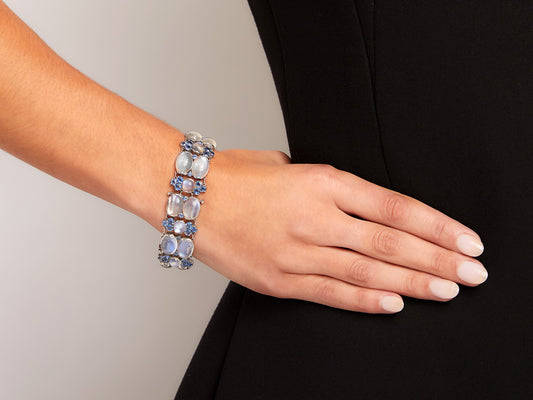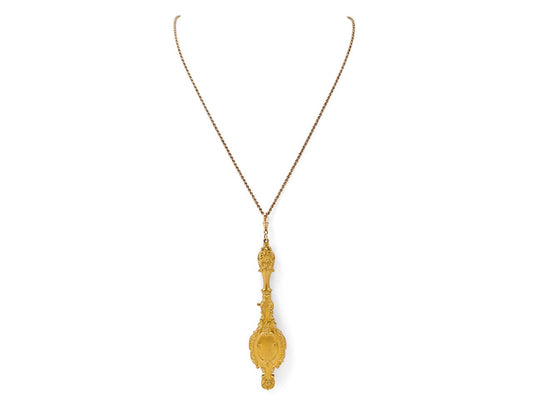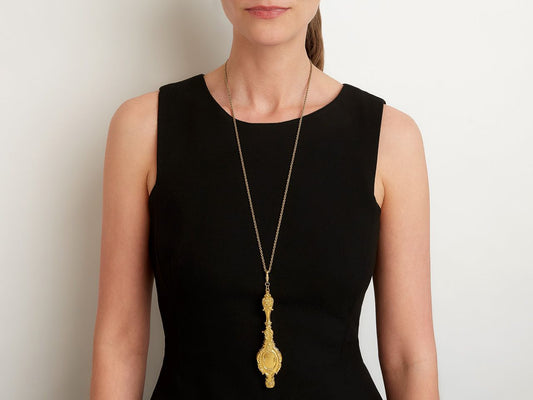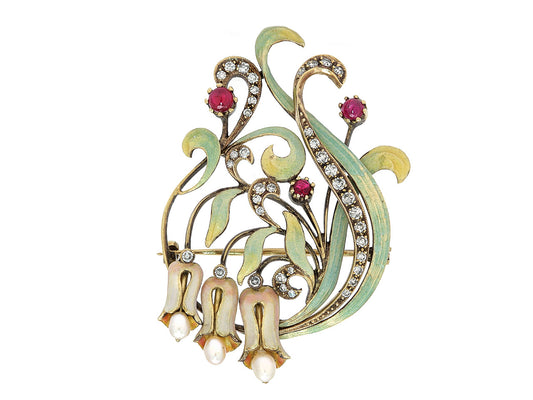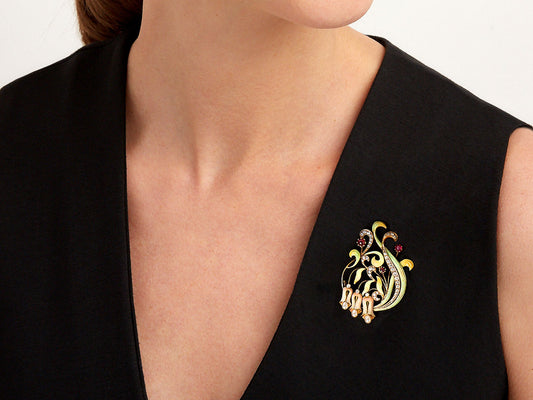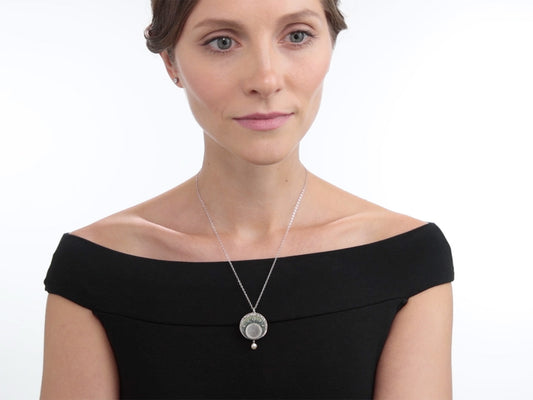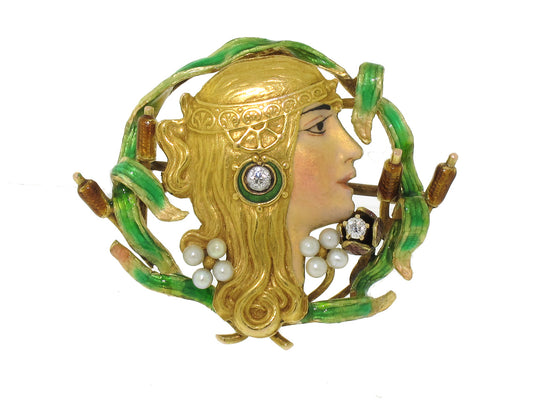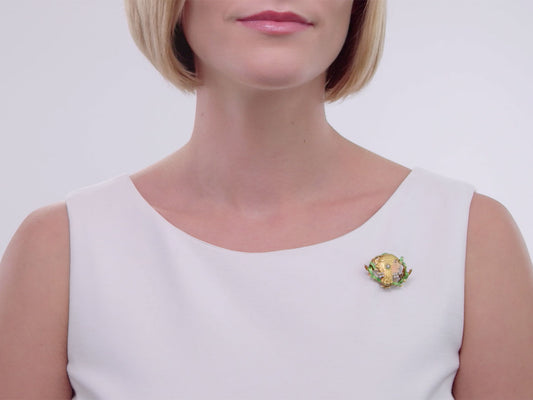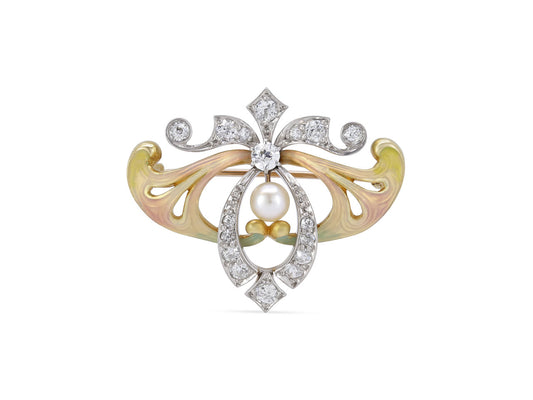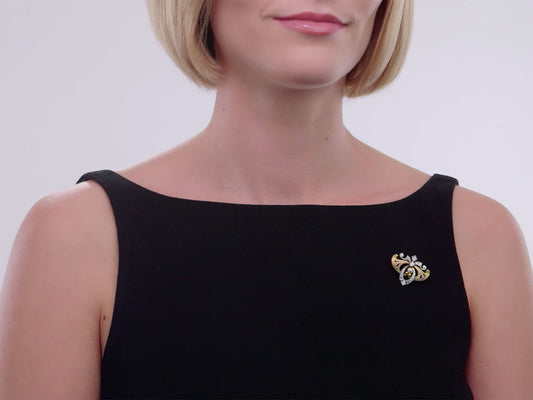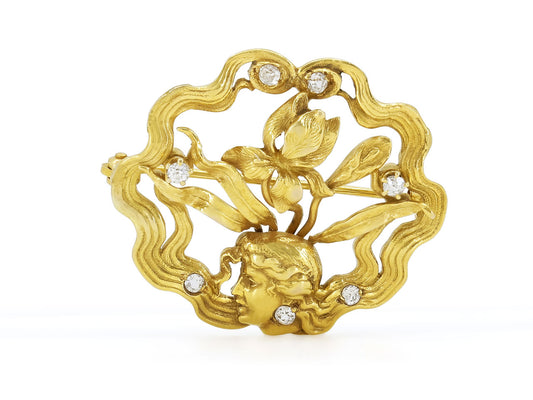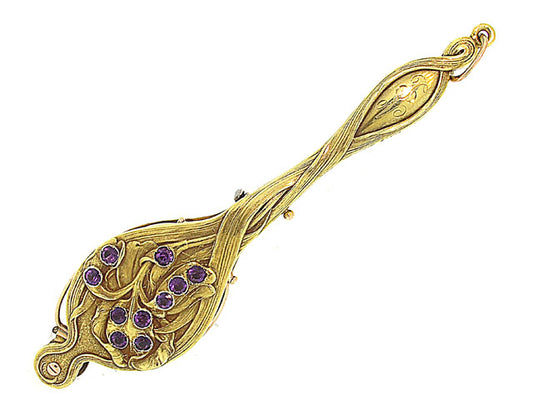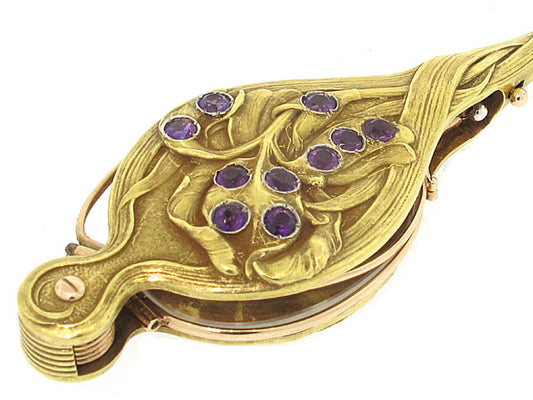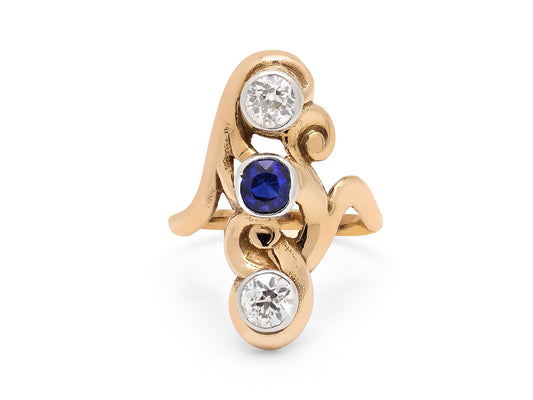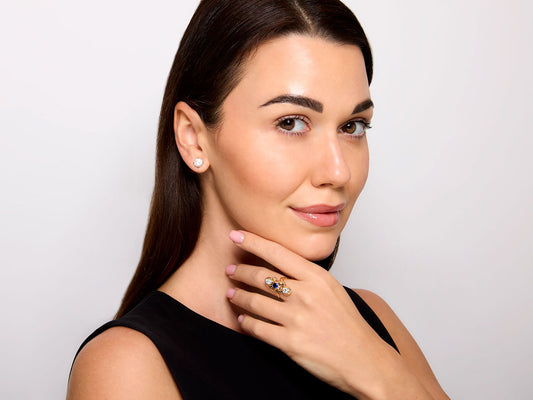-
Antique Art Nouveau Enamel and Gemstone Athena Brooch in 14K Gold
PIN-520009Price $1,950PriceUnit price per -
Antique Art Nouveau Diamond Flower Pendant Necklace in 18K Gold, French
NEC-519548Price $5,900PriceUnit price per -
Antique Tiffany & Co. Moonstone and Montana Sapphire Bracelet in Platinum, by Louis Comfort Tiffany
BRC-515692Price $65,500PriceUnit price per -
Antique Art Nouveau Lorgnette in 14K Gold
NEC-514935Price $5,000PriceUnit price per -
Antique Art Nouveau Diamond, Ruby, Pearl and Enamel Brooch in 15K
PIN-512416Price $2,450PriceUnit price per -
Antique Art Nouveau Diamond and Pearl Pendant in Platinum
NEC-510622Price $3,950PriceUnit price per -
Antique Art Nouveau Enamel Brooch in 18K
PIN-505176Price $3,450PriceUnit price per -
Antique Art Nouveau Enamel, Diamond and Natural Pearl Brooch/Pendant in 14K
PIN-504399Price $2,950PriceUnit price per -
Antique Art Nouveau Diamond Brooch in 14K Gold
PIN-503576Price $2,450PriceUnit price per -
Antique Art Nouveau Amethyst Lorgnette in 18K
ACC-502871Price $5,150PriceUnit price per -
Antique Art Nouveau Sapphire and Diamond Ring in 14K Gold
RNG-500616Price $2,950PriceUnit price per
FAQs
What is Art Nouveau style jewelry?
Art Nouveau jewelry represents a revolutionary design movement from about 1890 to 1910, characterized by sensuous, naturalistic motifs inspired by nature including orchids, water lilies, butterflies, mythical creatures and in some cases, a Japanese-influenced aesthetic. The style emphasized artistic merit over intrinsic value, incorporating materials such as opals and moonstones as well as fine enamel work showcasing translucent, stained glass-like designs epitomized by the technically difficult plique à jour enamelling techniques brought to new heights by masters such as Louis Comfort Tiffany, Rene Lalique and Georges Fouquet.
This brief but significant period values design and expert hand-craftsmanship over precious material. Due to its fragility, intact art nouveau pieces are quite rare and highly valued by collectors today.
How do you care for your jewelry?
Diamond jewelry is remarkably easy to maintain as long as it is kept clean and stored in a soft pouch or individual bag to prevent scratching by other diamonds. Commercial jewelry cleaners such as Hagerty’s, available in most grocery and hardware stores, is an excellent ready-made solution that comes with a small soft brush, but a homemade mixture of warm water, a squirt of dish soap to cut grease and a tiny splash of ammonia to prevent spots works just as well. Soak your diamonds, platinum and even gold, but NEVER PEARLS, for 5 minutes or longer in the solution, then with the sink drain closed, rub with an old toothbrush under warm running water to remove any remaining dirt or oily residue and dry with a soft hand towel. You may like to go the extra mile and dry your diamonds for a few short seconds with a hair drier to avoid spotting. Jewelers have professional grade ultrasonic machines and steamers but at home models are typically less effective.
How does Beladora verify the authenticity of a piece?
Authenticating pieces of jewelry requires more nuanced expertise. Many thousands of pieces of jewelry have passed through our hands for over 40 years from every era and every maker. This familiarity enables us to know what a piece should look and feel like and if it has the expected quality of material and workmanship, the accurate makers marks and the correct signature in all the right places. Indeed, one of the easiest ways non-experts can be fooled is to assume a designer piece of jewelry is truly by that maker as pieces by commercial manufacturers are often outright fakes or signed fraudulently by a third party.
In practice, we first look at the front and back of a bracelet, ring or brooch, turning it over in our hands to see that the workmanship on the reverse is just as fine as the detail on the front. Using the jeweler’s important tool, the loupe, we look carefully at many different touchpoints including the precision with which the diamonds are mounted in their settings, the manner in which gold or platinum links are connected to each other, the quality of the azuring, a most difficult and refined aspect of metalwork, the fineness of the material and we look for flawless polish.
If we have any doubts whatsoever as to authenticity, we submit the piece to the firm itself, be it Cartier, Van Cleef & Arpels, Verdura, David Webb and others. We also request the original bill of sale, box and papers for those items most commonly faked such as Cartier Love brackets and VCA Alhambra pieces. And just as banks know their customers, we, too, ensure we know enough about our clients to assure ourselves of their ownership and provenance.
Our team of GIA-certified jewelry experts has such a well-regarded reputation in the international jewelry industry that we are frequently called upon to advise auction houses, appraisers and other dealers in matters of authenticity and value.

